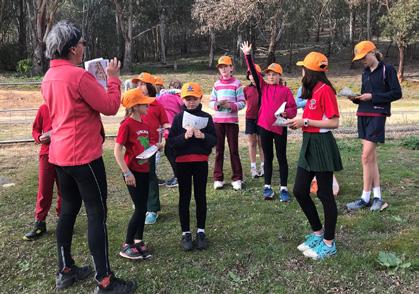
9 minute read
O-SPY
Erik Borg is retiring
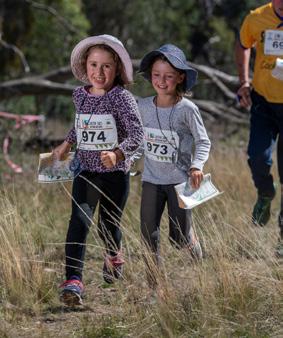
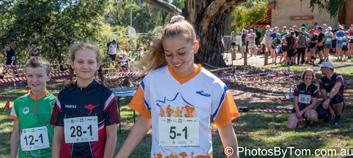
Over the years, Norwegian photographic journalist Erik Borg has provided many action shots of Australians at major Orienteering events, particularly in Europe. His most recent were photos of Henry McNulty winning at the 2020 Norwegian Sprint Championships which were featured in the December 2020 magazine. But time moves on, and Erik has decided to (partially) retire – about as much retirement as any orienteer can achieve. In future he plans to not attend many of the major events such as World Cups, WOC and JWOC. He says that he may well continue to photograph some Australian orienteers, particularly those who are living and competing in Europe, so there’s a good chance we will see more examples of Erik’s photographic work. And, who knows, he might do a “Farnham”.
Two of the many Erik Borg photos that have featured in this magazine.
Women and girls kick goals in ‘male’ sports
Victorian girls and women were joining community sport in greater numbers than ever, until COVID-19 hit, according to new Victoria University and Federation University research. An analysis of more than five million participation records of the State’s ten most popular sports between 2015 and 2019 found that female participation rates grew across all age groups, particularly for girls aged five to 14. About 34,000 more girls of this age group played sport in 2019 compared to four years earlier – an increase of about 5% -- especially sports traditionally dominated by males such as Australian Rules Football, cricket, and basketball. This compares with about 15,000 fewer boys playing sport in that same age group during the period. Lead researcher Professor Rochelle Eime said the study, funded by VicHealth and Sport and Recreation Victoria, demonstrates female participation in club-based sport is changing for the better. “It’s great to see that the policies, strategies and investments are working -- from the top-down, through government and VicHealth, and from the bottom-up, from the clubs themselves,” she said. “Boys and men have traditionally participated in club-based community sport, but with increased opportunities to play, we are seeing more girls than ever joining in.” The growth rate for girls in sport was particularly strong in regional Victoria, where club sport extends into community life, especially in smaller centres. Here, the data showed about three-quarters of all girls aged 10-14 years participated in a community sport. VicHealth’s health promotion operations manager Maya Rivis said it was promising to see more girls getting active through sports clubs, but more must be done. “Being active at a young age helps girls develop healthy habits for life, but they continue to face greater barriers to playing sport than men and boys. After the difficulties of 2020, many women and girls were less active than usual, so it’s even more critical that we continue to support them to be active in a way that makes them feel good.” Dr Eime acknowledged that while any growth rate in female sport participation was positive, the rates were small, and more work is required to build club infrastructure and volunteer numbers to make it easier for girls and women to get involved. With 2020 being a write-off for most community sports due to COVID-19, this research is an important way to monitor how they recover across regions, age, and gender for healthier communities.
Top: Elle & Laura Keech - 2021 Easter 3 Days Right: ACT Focus On Girls 2020” Below: Family Relays - Easter 2021

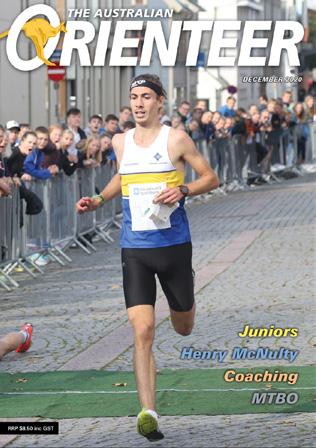
Stone slab found in France thought to be Europe’s oldest 3D map
The 2.2-metre by 1.53-metre stone was first discovered in 1900 but then lost until 2014.
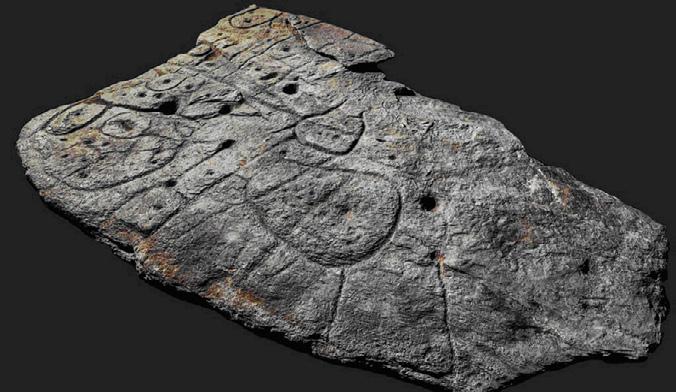
Archaeologists in France have uncovered a stone with 4,000-yearold etchings they believe may be the oldest three-dimensional map in Europe. The engravings on the broken stone appear to resemble topographical features including hills and a river network. More modern geolocalisation techniques suggest the 2.2-metre by 1.53-metre stone known as the Saint-Bélec Slab, first discovered in 1900 but then lost, show an area of western Brittany. It is believed to date from the early Bronze Age between 2150BC and 1600BC. The slab was first found in 1900 during a dig at a prehistoric burial ground in Finistère by a local archaeologist, Paul du Châtellier, whose collection was bought by the National Antiquities Museum (MAN) in 1924. Its whereabouts then remained forgotten until 2014 when it was rediscovered in a cellar under a moat at the museum’s château at Saint-Germain-en-Laye, north west of Paris. Researchers are convinced the engravings on the stone represent the Odet River and its valley, and other lines show the region’s river network. Experts say the markings bear an 80% resemblance to an area around a 29km stretch of the Odet.

The researchers said: “Until the 1990s, the Saint-Bélec Slab was stored in a niche in the castle moat. Finally, in 2014, it was found in a cellar of the castle. It was the subject of a significant study that allowed it to be interpreted as the oldest cartographical representation of a known territory in Europe, a probable marker of the political power of a principality of the early Bronze Age.” The slab is believed to have been used as one of the walls of a stone tomb. “It’s engraved face was turned towards the inside of the tomb, but its ends were hidden,” the researchers said. “The presence of repeated motifs joined by lines gives this composition the appearance of a cartographic layout.” To confirm their hypothesis, the researchers compared it with other, similar representations drawn from European prehistory and from other ethnic groups including Tuareg and Papuans. “Since it is probably a mind map, some of the elements represented may be oversized, while their positioning is not necessarily in proportion to the distances that separate them, suggesting the slab highlights the mapping expertise of prehistoric societies.”
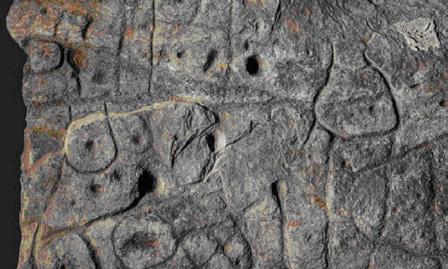
The slab is believed to have been used as one of the walls of a stone tomb.
Book sales surge as people ‘rediscover love of reading’
UK consumer book sales climbed 7% to £2.1bn last year as people “rediscovered their love of reading” in lockdown, the industry body says. Demand for fiction and non-fiction jumped, while audio-book sales were up 37%, the Publishers Association said. Bestsellers included The Thursday Murder Club by Richard Osman, Girl, Woman, Other by Bernadine Evaristo and 7 Ways by Jamie Oliver. But educational book sales slumped as schools were shut for months. Stephen Lotinga, chief executive of the Publishers’ Association, said: “It’s clear that many people rediscovered their love of reading last year and that publishers were able to deliver the entertaining and thought-provoking books that so many of us needed. But we shouldn’t ignore the fact that it’s been a particularly challenging year for education publishers and many smaller publishers. It’s also been a hugely difficult time for many booksellers and authors whose livelihoods have been enormously disrupted.” According to the Association, total UK publishing sales - including consumer, educational and academic titles - rose 2% in 2020 to £6.4bn. The consumer market performed particularly well, with sales of fiction up 16% and non-fiction by 4%. Print accounted for £1.7bn of those sales (up 4%) while for digital it was £418m, up 24%. Other bestselling titles included The Mirror and the Light by Hilary Mantel and Barack Obama’s memoir A Promised Land, published in November, which sold well in audio. Mr Lotinga said: “With bookshops now able to reopen, and physical events returning, we are optimistic that people will soon be able to enjoy books together again. We need to harness this return to reading and build on the huge opportunity this presents to everyone.”
1972 World Champion Sarolta Monspart has passed
Sarolta Monspart from Hungary, who won the World Orienteering Championship in 1972, has passed away at the age of 76 following a long period of illness. She was the first Hungarian World Orienteering Champion and first non-Scandinavian woman to win the title. She also won a Silver medal in the Relay at WOC in 1970 and a Bronze medal in the Relay at WOC in 1976, both times running the final leg for Hungary. She was a multi-talented athlete, with 34 national titles in Orienteering and 6 in cross-country skiing and was the first European woman to run the marathon in a time under 3 hours. Sarolta Monspart was an important contributor to Orienteering and to sports in her home nation also after her active career. She was a member of the IOF Council between 1982 and 1996, including a period as Vice President, and received an IOF Silver Pin recognizing her contribution to international Orienteering in 1996. She was coach of the Hungarian national Orienteering team between 1980 and 1990, and in 2012 she was elected Vice President of the Hungarian Olympic Committee. In her role there, she was highly engaged in promoting sports and a healthy lifestyle. In 2003 she received a medal for lifetime merit from Hungarian President Ferenc Mádl, and in 2020 she was appointed Athlete of the Nation.
MapRun Mystery
Magazine Editor, Michael Hubbert, reports a rather odd inconsistency with MapRun tracking. “Particularly at night, I carry my phone in the pocket of my shorts so that I can concentrate on torch, map, and the way ahead. When in my lefthand pocket the resulting MapRun track shows some very odd and wild deviations in my route (see the tracking), which I’m sure I didn’t make, and very occasionally gives me the control “beep” some 50 – 60 metres away from the actual control site. It’s rather disconcerting when this happens – Have I misread the map? Is the map wrong? Am I lost?? When I carry the phone in my right-hand pocket I don’t get these massive deviations. So why is this happening? I have an artificial left hip. Is it interacting in some way with the GPS tracker to create these wild deviations? Is it acting as an aerial? When I carry the phone in my right pocket is some kind of interference happening that I haven’t yet noticed? Who knows? I certainly don’t.”
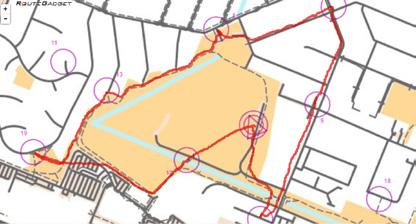
MapRun track - Blind Creek (right pocket).
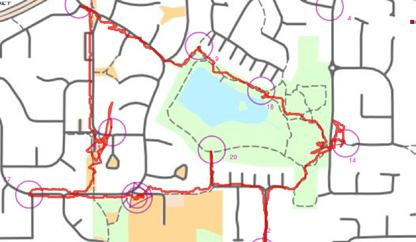
MapRun track - Knox Fields (left pocket).
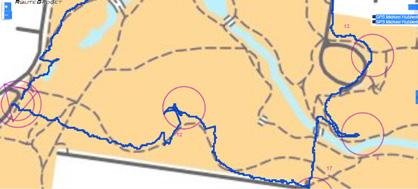
MapRun track - Ruffey Lake (left pocket).
Orienteering in the 17th Century

..... and thou didst place thy control flag on a parallel feature eight chains length from ye correct position.
How to legally ignore the Boss
Ireland introduced a legal right from April 1st for employees to not respond to emails, telephone calls or other messages during non-work hours.









